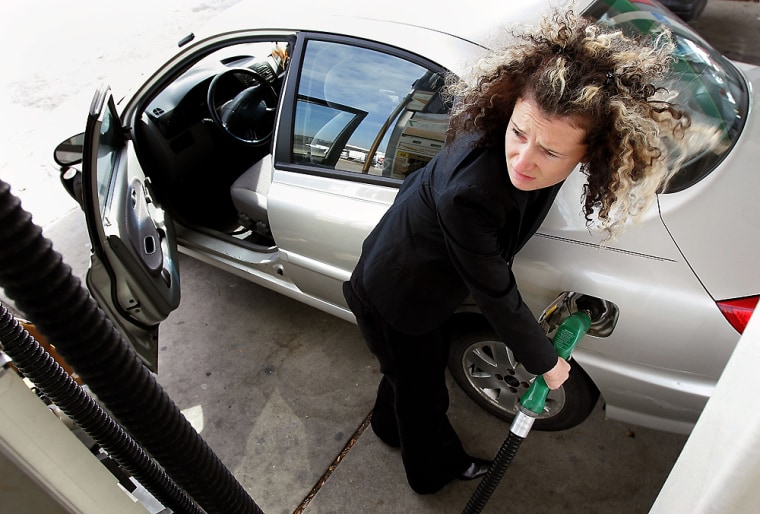A slide in retail gasoline prices has helped boost U.S. demand, bringing consumption above the year-ago period for the first time since Hurricane Katrina hit at the end of August, the government said on Wednesday.
“It’s coming back,” said Larry Alverson, a petroleum analyst at the U.S. Energy Information Administration.
U.S. gasoline demand over the four weeks ended Nov. 11 averaged 9.106 million barrels per day, up 0.3 percent over the year-ago period, according to EIA data released Wednesday morning. That ended a stretch of negative demand growth since hurricanes slammed into the Gulf Coast and sent pump prices soaring.
In the most recent week, gasoline demand was 9.151 million bpd, down only slightly from the previous week.
“Demand at 9.151 million last week is pretty strong for this time of year,” said Alverson.
The U.S. retail price for regular unleaded gasoline has fallen 77 cents, or 25 percent, since September, averaging $2.30 a gallon in the week to November 11, according to the EIA.
That brings pump prices to the lowest level since August 1, but they are still 33 cents above the 2004 period.
“Just as we were saying high prices were lessening the demand growth we would normally see, but not as much as some people would think, the lower prices are having some impact on making demand higher,” said EIA analyst Doug MacIntyre.
“But probably not as much as people might guess by looking at the numbers,” he cautioned.
The average for U.S. gasoline demand during 2005 is only slightly above the 2004 average.
“Gasoline demand through November 11 is 9.107 (million bpd) versus 9.099 (in 2004),” said MacIntyre. “That includes monthly data through August and weekly data from then on. We expect monthly figures to be revised upwardly.
“Generally speaking, for gasoline we would normally expect to see 1.5 to 2 percent growth rate. But gasoline prices, while down from the highs, are still well above year-ago, so we are likely to see growth not as much as we normally would expect.”
Total product demand in the week to Nov. 11 was 20.5 million bpd, steady to the previous week, but still down 0.3 percent from the year-ago period.
Slow start to heating season
Distillate demand, which includes heating oil and diesel fuel, may get curbed by late-arriving cold weather. The U.S. Northeast, the world’s biggest heating oil market, has had moderate weather the past few weeks.
The distillate demand four-week average was 4.12 million bpd, up 0.8 percent from the same period in 2004.
Temperatures remained 12 to 20 degrees above normal on Wednesday, before a cold front that was expected to bring colder-than-normal levels on Thursday through Saturday, according to private forecaster Meterologix.
“We’re seeing a seasonal increase for distillate demand, but the cold is certainly not here yet. So it’s likely not being burned,” said Timothy Evans, senior analyst at IFR Energy Services.
Evans also noted that, while the four-week averages were up versus the year-ago period, weekly numbers for both distillate and gasoline were down.
“With the warm weather we’ll likely have a dampening affect on distillate demand,” said the EIA’s MacIntyre. “Through November 11, distillate demand has had an increase of 26,000 bpd, 0.6 percent, over 2004. Demand has been 4.073 (million bpd) versus 2004’s 4.047 million.”
The weekly U.S. retail diesel fuel price fell 9.6 cents to $2.60 a gallon in the week to November 11, the lowest level in 11 weeks but still up 47 cents from a year ago, the EIA said.
